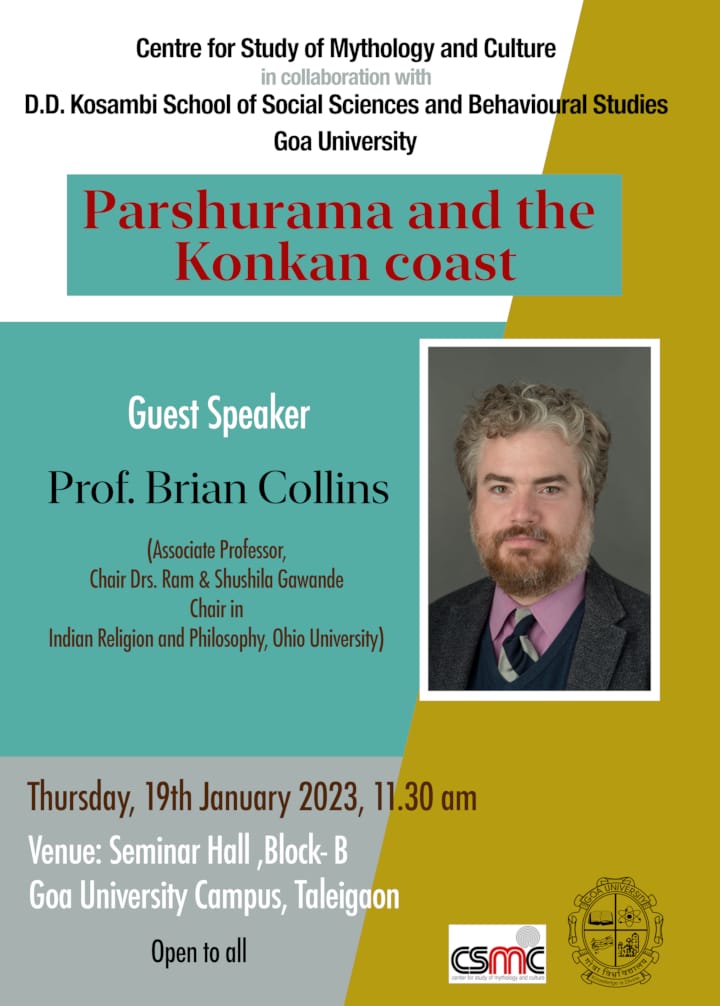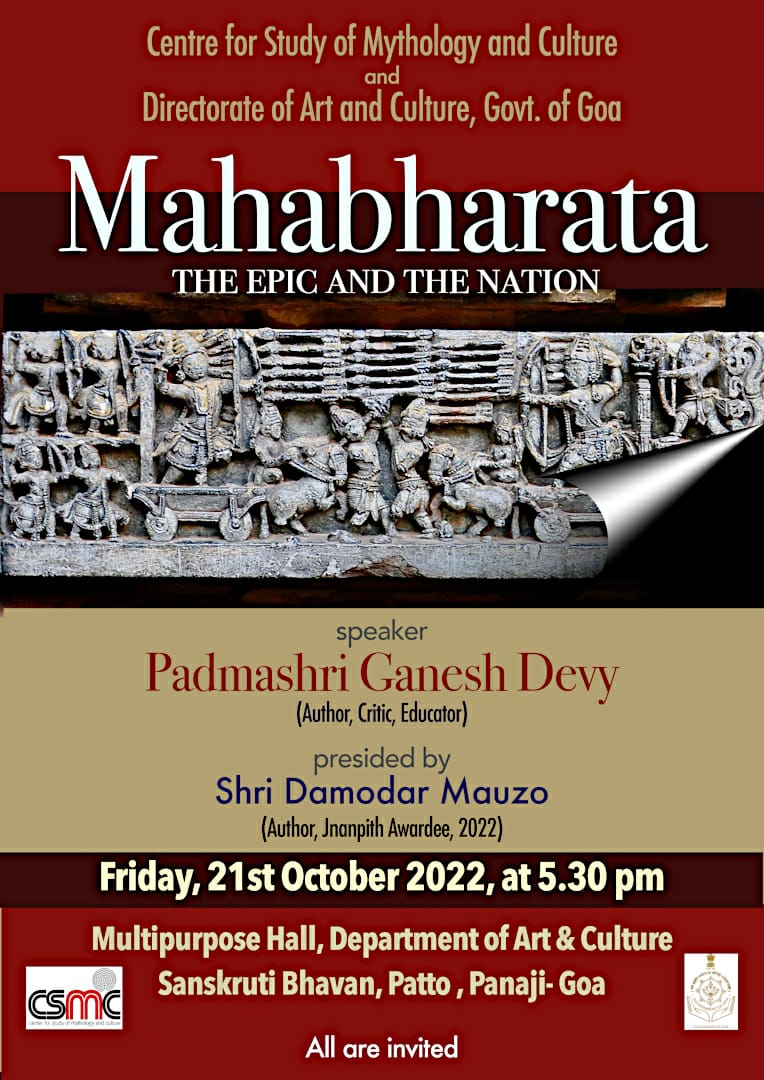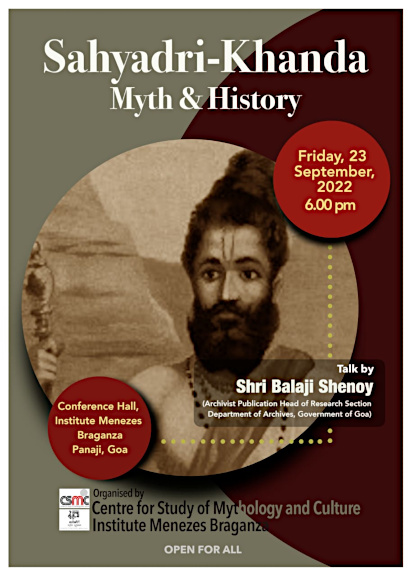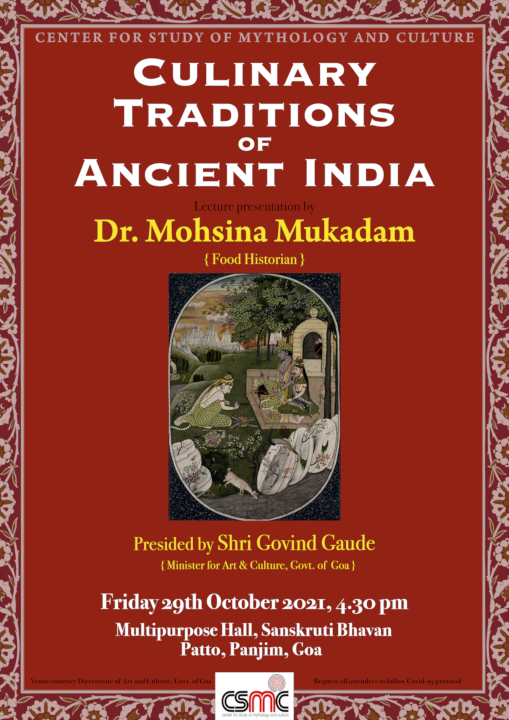
Sthala puranas are ancillary texts of the Puranic literature. As the name suggests sthala meaning place or region, and purana meaning ancient tradition or tale primarily describe the traditional stories of regions, villages, or temples. Sthala puranas can be roughly categorised along three main themes such as tirth ( water body) , khestra (geographic area), and daivat or ( primary divinity).These stories, or legends are found in mahatmya or elegiacal texts can throw some light on the history of a place, temple, or village.
Is there any such story behind the name of the city ‘Mumbai’ ?
In 1995 the city was renamed Mumbai from Bombay to reclaim its local histories and identity. These cluster of western coastal islands, collectively identified as Mumbai went through various political, geographical, economic and social changes and thus was known by different names during various historical periods. The region came into limelight after the Portuguese acquired the islands from Gujarat Sultanate under the treaty of Bassein in 1534 and called it ‘Bombaim’ meaning a good bay. Later the port and the cluster of islands were gifted as dowry to British King Charles II, who married princess Catherine of Portugal. During British rule the city was referred to as Bombain, Bambayee and finally the name settled down onto Bombay. So, why was city renamed and become Mumbai in 1995?
According to popular belief the name Mumbai is derived from goddess Mumba devi, belonging to Koli community who are the original inhabitants of the islands. It is believed British while constructing CST railway station (then Bori Bunder) relocated the temple to its current location in Bhuleshwar area. Etymologically Mumbai is explained as Mumb + aai or Mother of Mumb, or Maha+ amba, or great mother. But who was Mumb? And who is goddess Mumba, and what is her connection to this island city?
Mumbadevi Mahatmya, a Sthala Purana written in late 16th -17th C. A.D can throw some light on the name Mumbadevi. Written in Sanskrit, Mumbadevi Mahtmya contains 52 verses. The legend states, once upon a time, there was daitya by the name Mumb ( in other versions of the story he is also called Mumbarak). Mumb/Mumbarak worshipped Brahma for years as an ardent devotee of the god, and acquired a special boon that he would not be killed by men, gandharvas, gods ,yakshas, animals, demons or serpents or beasts. Having acquired the boon of invincibility Mumb the daitya grew arrogant and began to harass the population of the island.
Fed up with his deeds, people of the island sought help from God Vishnu to curtail Mumb. Vishnu along with Brahma approached Shiva to stop daitya Mumb’s harassment of their devotees. Shiva then requested all the gods to part with a little bit of lustre from their bodies, and created a goddess out of combined lustre the three gods. She was named Ambadevi. Shiva then gave her the task of destroying the daitya Mumb. Riding on her vahana a ferocious lion, Ambadevi waged fierce war against the Daitya and defeated him. But as Ambadevi was about to push him into Patala, Daitya Mumb or Mumbark pleaded with the goddess to spare his life. Mumb promised her that he would remain her devotee for life. He also requested her to change her name from Ambai to Mumbai ( Mumb + aai or Maha + amba) meaning the goddess who tamed the daitya Mumb. Goddess agreed to his request and has remained on the island since then. Thus anyone who devotes himself or herself to Mumbai or Mumba devi is blessed with wealth and prosperity.
Interestingly, author of the Mumbadevi mahatmya also adds that when Rama narrated the story of Mumbadevi to Hanuman, he was inspired to visit the islands and has continued to live there. Thus the island city of Mumbai is fortified with the blessing of the goddess Mumbadevi, and the presence of god Hanuman.
Story Collected by Vidya Kamat
Source: Mumbadevi Mahatmya by Suraj Pandit, Sanskrit Sources of Indian History Vol-I Ed. By Shripad Bhat
location: Maharashtra
Image copyright; Vidya Kamat











